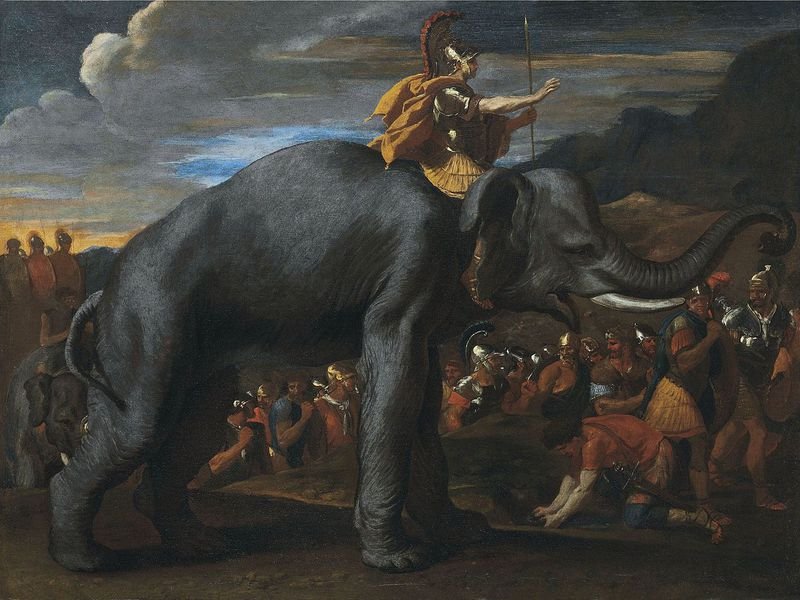Lead isotopes in Roman coins reveal the defeat of Carthage financed Rome’s expansion throughout the Mediterranean
Archaeologists love coins. Not only are they a great way to date a dig site, they also show the extent and influence of an ancient culture and empire. Now, reports Maev Kennedy at The Guardian the chemical signatures of the metal the coins are made of can also add more layers to those stories as well. Coins from the Second Punic War, an 18 year conflict waged between Rome and Carthage, show how Rome’s military victory ramped it up from just one of many kingdoms into a Mediterranean super power.
The conflict is best known for Carthagenian general Hannibal’s audacious crossing of the Alps with elephants to attack the Romans in their homeland. The Romans, however, had their own hero, General Scipio Africanus, who, in 209 B.C., captured much of the Iberian Peninsula, including Carthage’s silver mines. Eventually, Scipio headed to Tunisia, defeating Hannibal on his home turf, winning Rome the rest of Spain as well as 50 years of reparations in 201 B.C.
Kennedy reports that the new silver mines and money flowing in from Carthage helped Rome rise from regional power to a true super-state. According to a press release, researchers based in Germany and Denmark used geochemical analysis on the coins from the Punic War period. The team looked at 70 coins dated from roughly 300 B.C. to 100 B.C., which surrounded the dates of the war.
“This massive influx of Iberian silver significantly changed Rome’s economy, allowing it to become the superpower of its day. We know this from the histories of Livy and Polybius and others, but our work gives contemporary scientific proof of the rise of Rome,” says study co-author Katrin Westner of the Institute for Archaeological Sciences at Goethe University. “What our work shows is that the defeat of Hannibal and the rise of Rome is written in the coins of the Roman Empire.”
The research was presented at the Goldschmidt geochemistry conference in Paris earlier this week.
While the work may confirm what ancient historians already related, much of ancient history is mired in myth, rumor and tall tales—especially larger than life figures like Hannibal and Scipio. “This research demonstrates how scientific analysis of ancient coins can make a significant contribution to historical research,” Kevin Butcher, a classicist from the University of Warwick, tells Kennedy. “It allows what was previously speculation about the importance of Spanish silver for the coinage of Rome to be placed on a firm foundation.”




